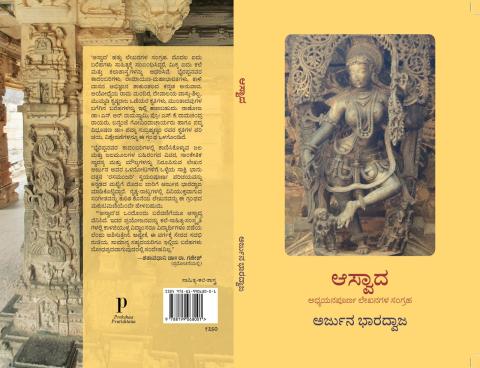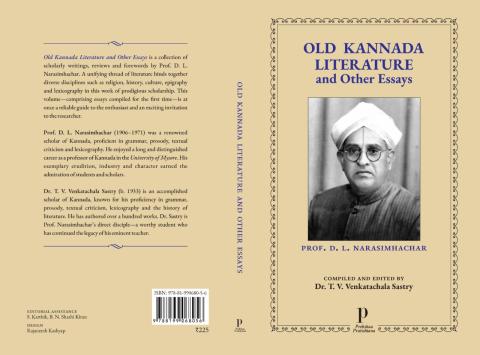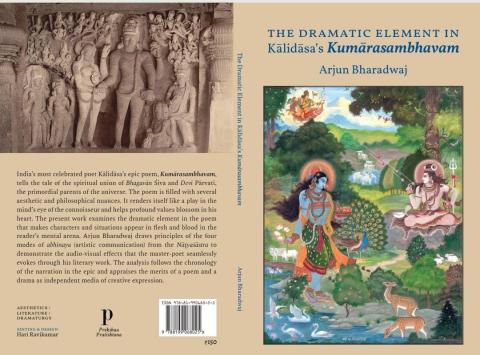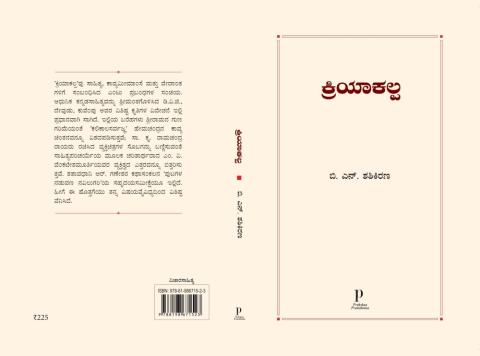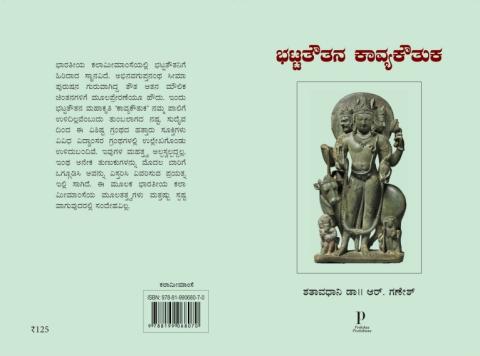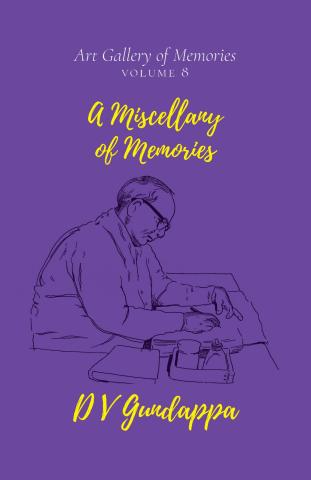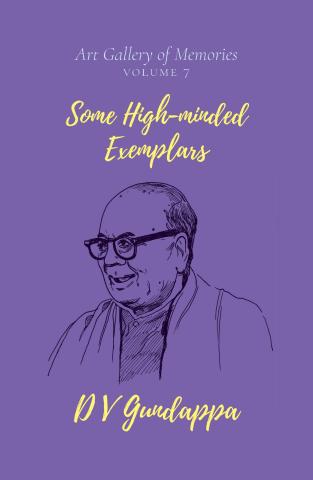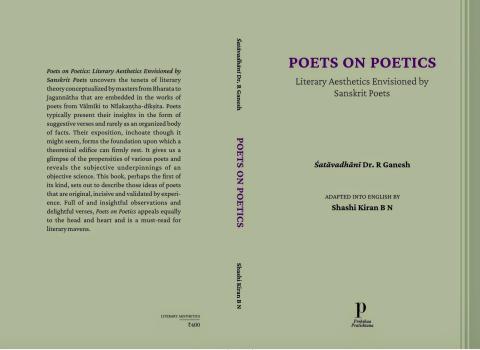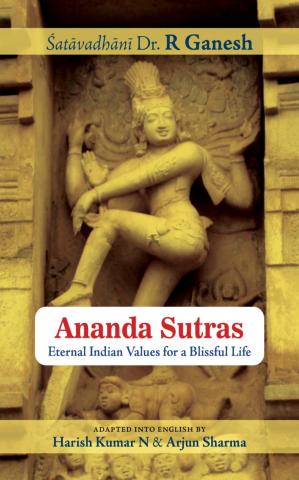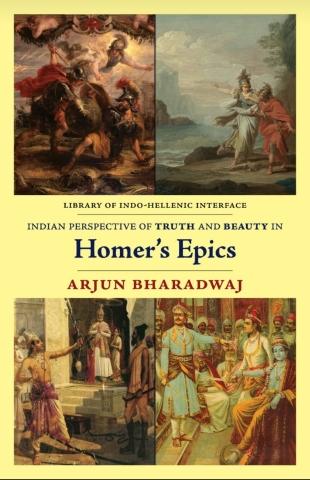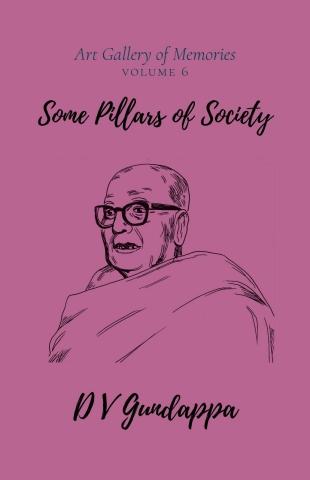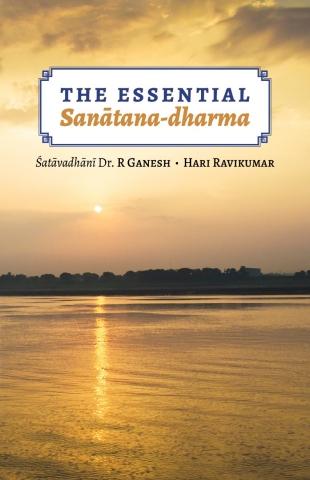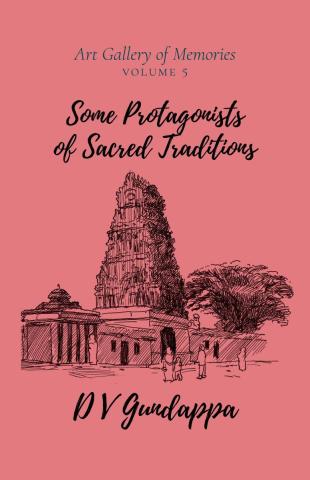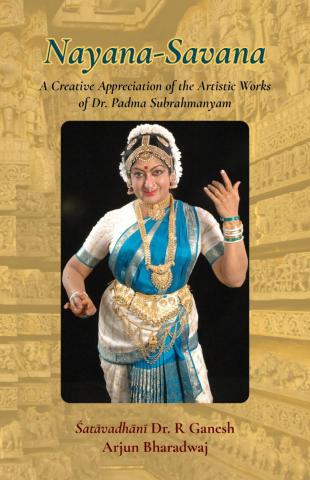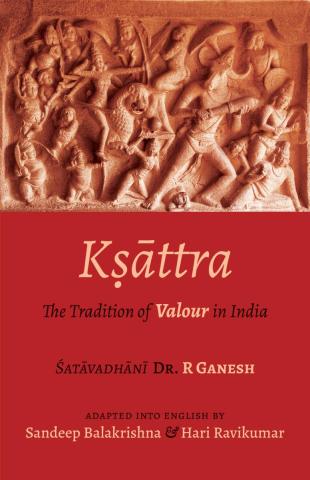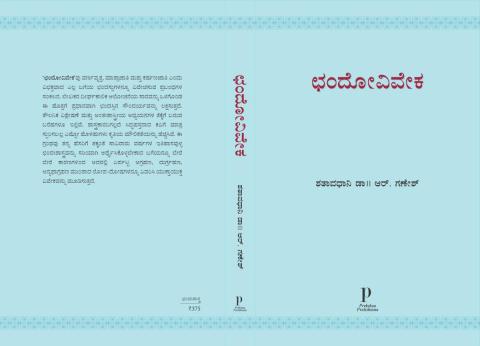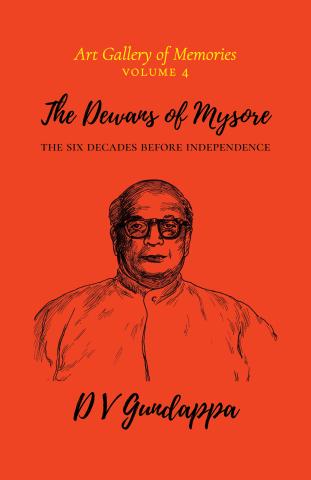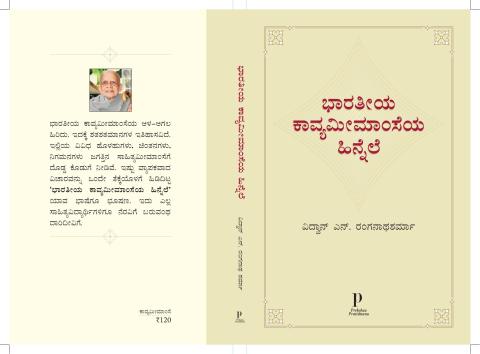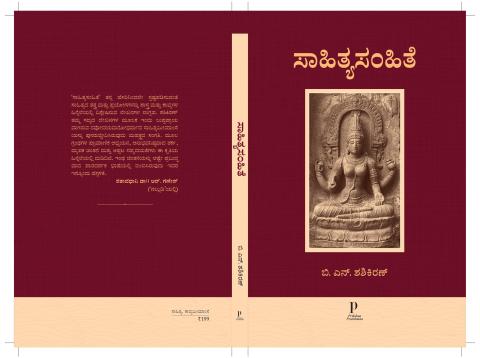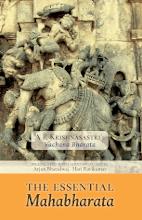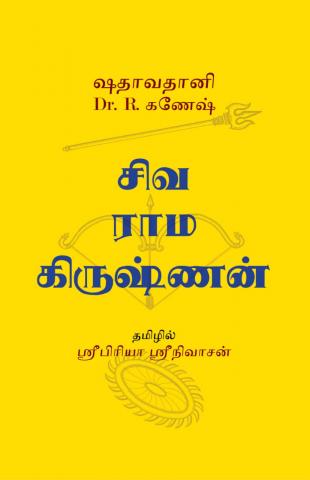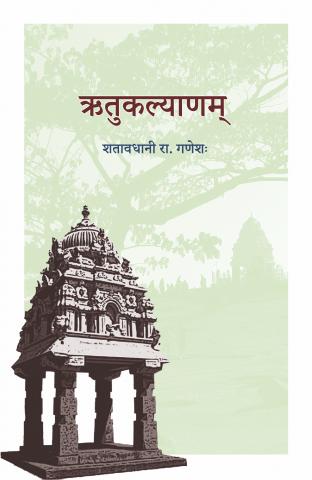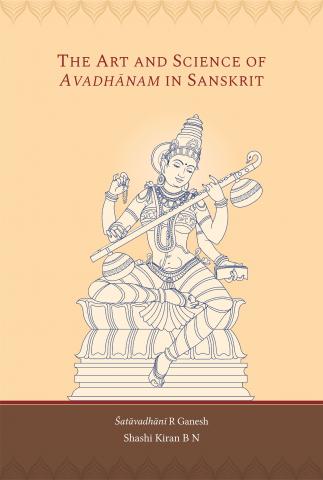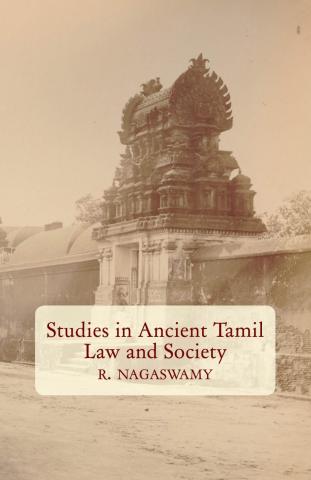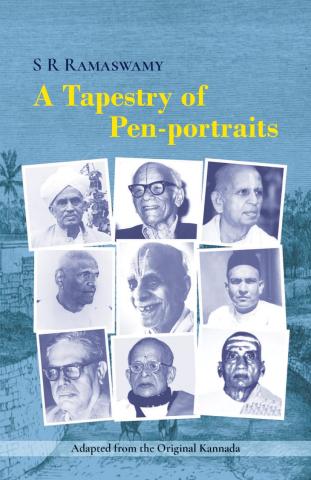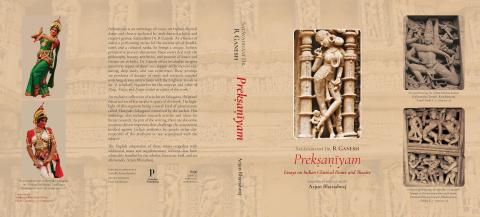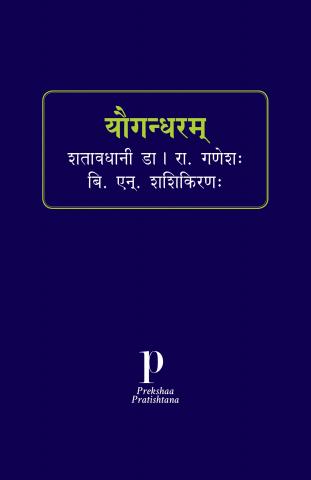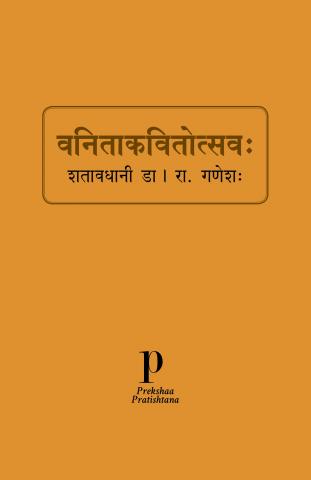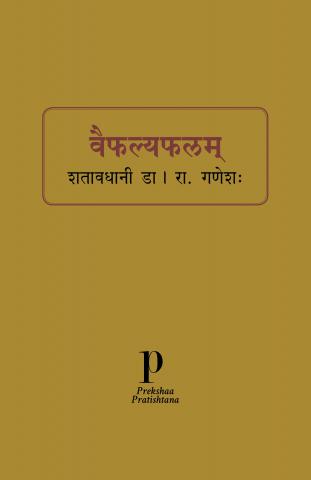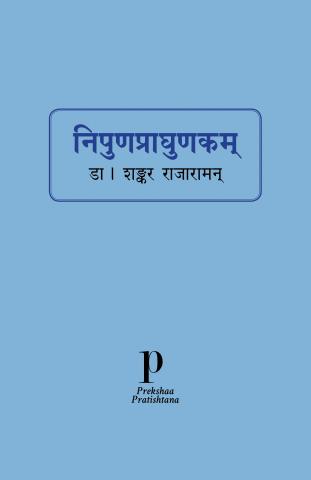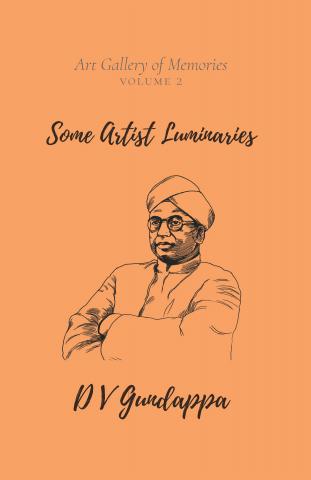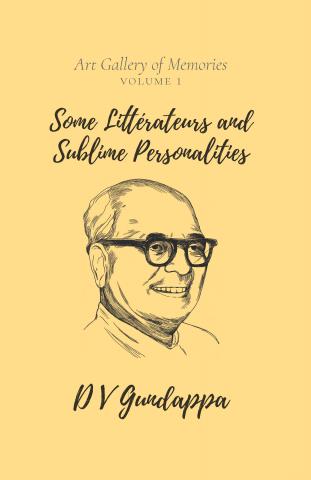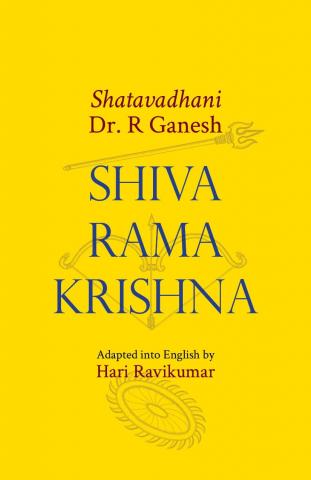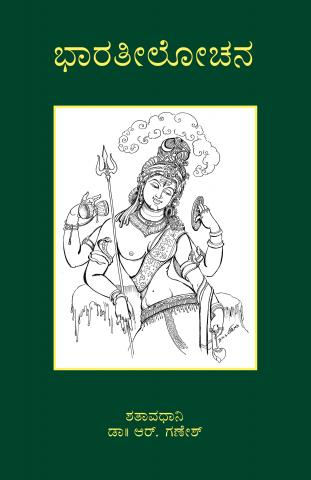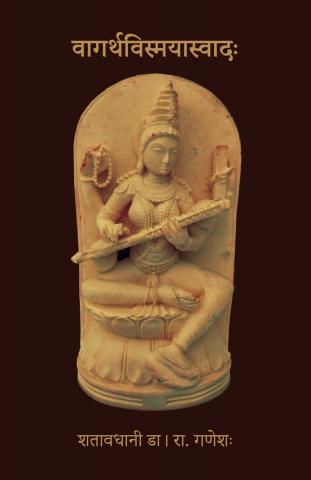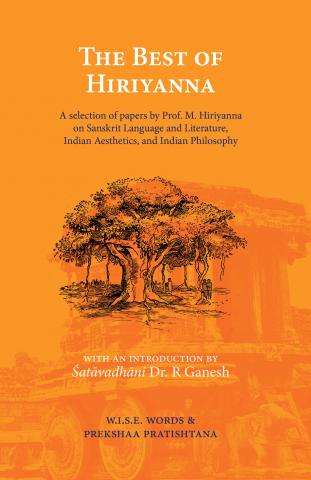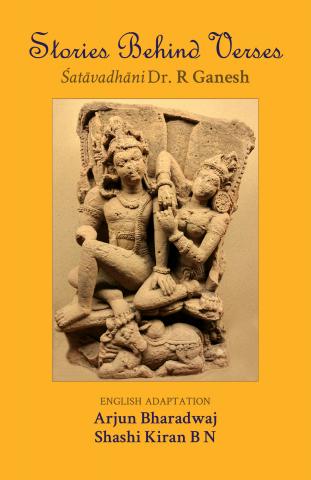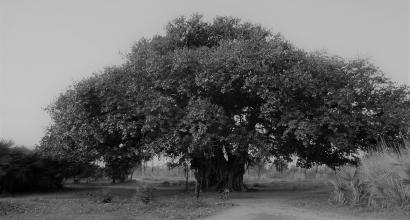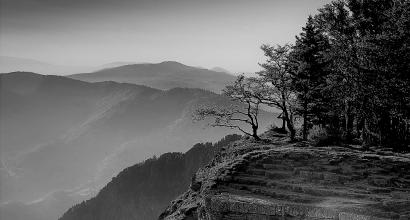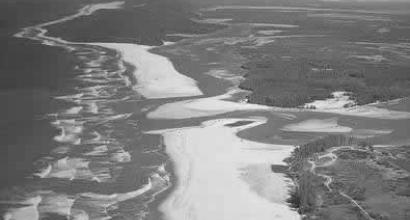It is during the time of Jayapida that we see the next stage of evolution of Alaṅkāra-śāstra. It was led by two scholars in his court, Udbhaṭa and Vāmana, who can be considered as the successors of Bhāmaha and Daṇḍī, respectively. Udbhaṭa is known to have written a commentary called vivaraṇa on Bhāmaha’s Kāvyālaṅkāra, which is not available today. He is also supposed to have written a commentary on the Nāṭya-śāstra, which is also not available. What remains is a small work called Kāvyālaṅkāra-saṅgraha, which is valuable for some of the insights it contains. The value of this work can be gauged by the fact that it carries two commentaries—one by Pratīharendurāja and another by Rājānaka Tilaka. In this small work of seventy-nine verses, Udbhaṭa explains forty-one arthālaṅkāras with ninety illustrations. He also holds the distinction for making the first recorded mention of the ninth rasa, śānta.
Vāmana composed Kāvyālaṅkāra-sūtra-vṛtti, the first work to appear in the sūtra- vṛtti-udāharaṇa (aphorism, explanation, illustration) format, which was adopted by future aestheticians. He was also the first scholar to extensively quote the past masters of prose and poetry in support of his ideas. This was also extensively adopted by future aestheticians. Vāmana recoined the mārga of Daṇḍī as rīti and added a third flavour—pāñcālī—to the two Daṇḍī had established. Like Daṇḍī, he also upholds the vaidarbhī rīti. He elaborates the ten guṇas of Daṇḍī into twenty, based on their application to śabda and artha, respectively. He also discusses thirty-two alaṅkāras and some doṣas.
During the same period, the tiny kingdoms of Kabul and Zabul were still holding on to their territories. In fact, the Islamists, having grown weary of the stalemate, even found it beneficial to negotiate tributes with the Shahis in return for not attacking them. As the Arab historian Al-Baladhuri mentions, the Shahis regularly ceased to pay tributes. However, the territories of the Shahis started coming under pressure from the Karkotas of Kashmir. Although Lalitaditya seems to have been visionary enough to recognize the common danger of Islamists and confer high offices on Shahi princes, his successors did not follow the same tradition. As a result, the Shahis had to deal with the Islamists on one side and Karkotas on the other. By the end of the eighth century, they were holding on just about well enough. Sindh was also proving to be a hot potato for the Islamists. Al-Baladhuri records:
...While al-Ḥakam ibn-Awânah al-Kalbi was ruler, the people of al-Ḥind apostatized, with the exception of the inhabitants of Ḳaṣṣah. A place of refuge to which the Moslems might flee was not to be found, so he built on the further side of lake (al-Buḥairah), where it borders on al-Ḥind, a city which he named al-Maḥfûṭhah, establishing it as a place of refuge for them, where they should be secure and making it a capital.
In addition, they also built another city called al-Mansurah. During the middle of the eighth century CE, Hisham seems to have reconquered Multan. And so, at the end of the eighth century CE, the Arabs had not more than three cities of Sindh to show for their 175 years of pursuit.
Ninth Century CE
The early part of the ninth century was a period of turmoil for all the dynasties involved in our narrative. The Abbasid Caliphate was past its golden age under Harun-Al-Rashid. They were being pushed back by the Reconquistadors in Spain. Internal power struggles in the Caliphate were also intense. This weakening of the Caliphate meant that their authority in newly acquired Sindh would also slacken; and it did. As a consequence, the Governors of Sindh were content to retain Multan and Mansurah than trying to extract more territory from the ferocious Indic kingdoms. The story on the Indian side was also similar. In Kabul, the Shahis were being torn by dissensions that would eventually end in a revolution. In Kashmir, after the death of Jayapida, his successors were mostly incapable and the Karkota dynasty entered a phase of terminal decline. In interior Bhārata, a draining power struggle was developing between the Gurjara-Pratiharas, Rashtrakutas, and Palas. Two interesting testaments from Islamic records are noteworthy here. One presents their view about the Gurjara Pratiharas: “Among the princes of India there is no greater foe of the Muhammadan faith than he.” Simultaneously, about the Rashtrakutas, they say: “In fact, among all the kings there is no one to be found who is so partial to the Arabs as the Balhará; and his subjects follow his example,” In here we see the seeds of future Indic destruction, where Indic kingdoms could not unite against the common enemy. In the context of this study, we must be grateful that tiny kingdoms like that of the Shahis, despite frightening odds, did not ally with Islamists at any cost, unlike much larger empires like that of the Rashtrakutas who indulged alien invaders. At any rate, with the mighty Pratihara empire stretching all the way to the borders of Sindh, Arab movement into India through the Punjab was effectively sealed. The Arabs then had to concentrate on breaking through Kabul and Kashmir to enter India, regions central to this narrative.
While the Karkotas were declining, Alaṅkāra-śāstra was somewhat stagnating, with only incremental advances in the past two hundred years. Rudraṭa, dated to around 850 CE, is one of the last representatives of this phase of incremental advance. His Kāvyālaṅkāra contains the first attempt at systematically classifying alaṅkāras. Cumulatively, he illustrates about sixty-six alaṅkāras classified under four heads. He adds a new rīti called lāṭīyā in addition to the three established by Vāmana. He also propounds a tenth rasa – preyorasa. In addition, he is amongst the first to discuss aspects of aucitya (propriety). So, he must be credited with his share of originality in advancing the discourse. But, by and large, the next big leap in the evolution of Alaṅkāra-śāstra had to wait just a little longer.
In contrast, a new revival was happening as far as the philosophical analysis of the concept of rasa as applied to the stage.[1] In the early part of the ninth century CE, there lived in Kashmir a philosopher named Bhaṭṭa-Lollaṭa, primarily adhering to the Mīmāṃsā school. He propounded the utpatti-vāda for rasa. According to him, rasa is nothing more than sthāyibhāva (permanent emotion) that is intensified, nurtured, and heightened by vibhāvas, anubhāvas, and vyabhicāri-bhāvas (transitory emotions). He further maintained that rasa is located primarily in the characters. Also, according to him, spectators enjoy not their own permanent emotions, but the upacita-sthāyibhāva (intensified permanent emotions) of the characters and therefore, indirectly, of the actors.[2] His younger contemporary, Śrīśaṅkuka, was another philosopher from Kashmir, primarily adhering to the Nyāya school. He is known to have lived in the middle of the ninth century CE. He propounded the anumiti-vāda for rasa. He severely criticised Lollaṭa’s definition of rasa as intensification of sthāyibhāvas. He argues instead that rasa is to be inferred. And hence, the spectator must be active and not passive. According to him, the sthāyibhāvas do not reside inside the actors; but they imitate it with a trained blend of vibhāvas, anubhāvas, and vyabhicāri-bhāvas. He invokes the citra-turaga-nyāya (the maxim of the painted horse) in support of his arguments. On the whole, Śrīśaṅkuka advanced the philosophical debate on the realization of rasa from what was advanced by Bhaṭṭa-Lollaṭa.[3] It is reasonable to think that this resurgence in the philosophical analysis of rasa and its special emphasis on the spectator, influenced a certain giant who would uphold the revolutionary concept of dhvani and its inseparability with rasa.
While the likes of Rudraṭa, Bhaṭṭa-Lollaṭa, and Śrīśaṅkuka were blissfully compiling their work, the Shahis of Kabul were undergoing a revolution. Their ruler Lagathurman was deposed by his Brahmin minister Kallar, in 850 CE. He is addressed as Lalliya Shahi by Kalhana. Lalliya Shahi and his successors are referred to as the “Hindu Shahis” to distinguish them from the earlier “Turki Shahis” who were primarily Buddhists. Around this tumultuous time, in 867 CE, the Turkish leader Ya’qūb ibn Lāyth, who started his career as a robber in Seistān and later founded the Ṣaffārīd dynasty of Persia, saw an opportunity in Zabul. He is known to have invited the reigning king of Zabul, holding the Ranbal surname, for a truce and executed him by treachery.[4] With this, however, the Indic rule in Zabul came to an end.[5] Meanwhile, Lalliya moved his capital from Kabul to Udbandhapura, modern village of Und, on the right bank of the Sindhu, fifteen miles above Attock, in Rawalpindi district. Kalhaṇa states that Lalliya’s kingdom was situated between those of the Turushkas (Kabul Valley) and the Darads (Kishanganga valley in Kashmir). Thanks to Lalliya Shahi’s labours, the Hindu Shahis recovered quickly and stood tall again. Around the same time, in 855 CE, the empire of the Karkotas was over and Avantivarma of the Utpala dynasty ascended the throne of Kashmir. He brought much needed stability to Kashmir after nearly four decades of instability. His prime-minister Suyya was an engineer also and is credited with changing the place of confluence of Vitasta and Sindhu by diverting their courses. As a result, plenty of surrounding lands became fit for cultivation and food grain production skyrocketed. Avantivarma also founded the cities of Avantipur and Suyapur (named after Suyya). He was a patron of arts and is known to have built the Avantiswara and Avantiswami temples in Avantipur. It was in this island of peace that our third and final stage of Alaṅkāra-śāstra took shape.
In the court of Avantivarma, there lived a poet and aesthetician by the name of Ānandavardhana. He is believed to have lived between 820 CE and 890 CE. He probably lived some part of his life under Avantivarma’s son, Shankaravarman also. Just like Albert Einstein gave a whole new dimension to Physics, Ānandavardhana gave a whole new interpretation to Alaṅkāra-śāstra. His classic, Dhvanyāloka, elevated what was mostly degenerating into a cosmetic discussion surrounding form, to the level of philosophy. Although it is possible that he was inspired by some earlier scholars, it would only be fair to accept that it took the native genius of Ānandavardhana to unravel the philosophical underpinnings of dhvani (poetic suggestion). He harmonized the discussions of Bhāmaha, Daṇḍī, Vāmana, Rudraṭa, Udbhaṭa and the like with the central concept of rasa espoused in Nāṭya-śāstra by primarily relying upon vyañjanā-vṛtti (the process of poetic signification). He mainstreamed the role of aucitya as the indispensable ingredient of anything that produces rasa. He was the first to uphold that sahṛdaya or connoisseur is an integral part of art experience. With the help of these revolutionary insights, he established that rasa is evoked through the realization of dhvani or suggestion, triggered by vakratā or beautiful expression created by the genius of the artist, within the bounds of aucitya or propriety. The term vakratā here encompasses all aspects of guṇa, rīti, and alaṅkāra that had been the central points of discussion with earlier aestheticians. His definition and critical assessments of vastu-dhvani, alaṅkāra-dhvani, and rasa-dhvani (suggestions of idea, figure of speech, and sentiment), intricacies of pada-dhvani, vākya-dhvani, and prabandha-dhvani (suggestions at the level of word, sentence, and an entire work) the multi-layered interpretations that dhvani enables, classification of poetry into dhvani-kāvya, guṇībhūtavyaṅgya-kāvya, and citra-kāvya, his emphasis on the eternal and unlimited variety of human imagination – these are only a representative set of picks from the sublime vault of Dhvanyāloka. It compelled all future discussions of Aesthetics to be centred around dhvani. One could accept it or deny it; but no one could ignore it. This already formidable work was further fortified with the erudite commentary called Locana of Abhinavagupta. Between them, they created and completed the hypothesis-proof pair for every important aspect of art experience. Even today, nearly 1,100 years after the works were written, this pair enjoys uncontested status in Aesthetics.
Dhvanyāloka was probably complete by the time Avantivarma’s rule was over, sometime around 883 CE. Those would be the last great years Kashmir would ever enjoy. There ensued a brief civil war, after which, Avantivarma’s son, Shankaravarma, captured the throne. He tried to restore the glory of Kashmir by going on a series of conquests, in which he was reasonably successful. He fought against and extracted territory from the Gurjara King Alamkhana, a protégé of Lalliya Shahi. He even marched against Lalliya Shahi himself, but does not seem to have been successful. Despite his military abilities, he was not known to be a good administrator, and according to Kalhaṇa, he oppressed his subjects with numerous extractions. His tragic death during a military mission in 899 CE thrust Kashmir into a terminal decline from which it would never recover.
[1] This stream would eventually converge with the guṇa-rīti-alaṅkāra-dhvani stream in the sublime synthesis undertaken by Abhinavagupta some 150 years later.
[2] We do not have any of Bhatta Lollaṭa’s works available today. We know of his views primarily on account of their discussion in the works of Abhinavagupta, Rājaśekhara and Mammaṭa
[3] We do not have any of Śrīśaṅkuka’s works available today. We know of his views primarily on account of their discussion in the works of Abhinavagupta, Hemacandra and Mammaṭa.
[4] This seems to have been a new low even by Islamist standards as recorded by Nūr-ud-dīn Muḥammad ’Awfī: “When Ya’kúb drew near Rúsal, he bowed his head as if to do homage, but he raised the lance and thrust it into the back of Rúsal, so that he died on the spot ... The infidels, when they saw the head of Rúsal upon the point of a spear, took to flight, and great bloodshed ensued. The bride of victory drew aside her veil and Ya’kúb returned victorious ... This victory which he achieved was the result of treachery and deception, such as no one had ever committed.”
[5] Commenting on it, Dr. D C Ganguly says, “The king of Zābulistān was killed and the people embraced Islam. Henceforth this petty state that had carried on a prolonged and heroic resistance against the Arab aggression for more than two hundred years, ceased to belong to India either politically or culturally.”


